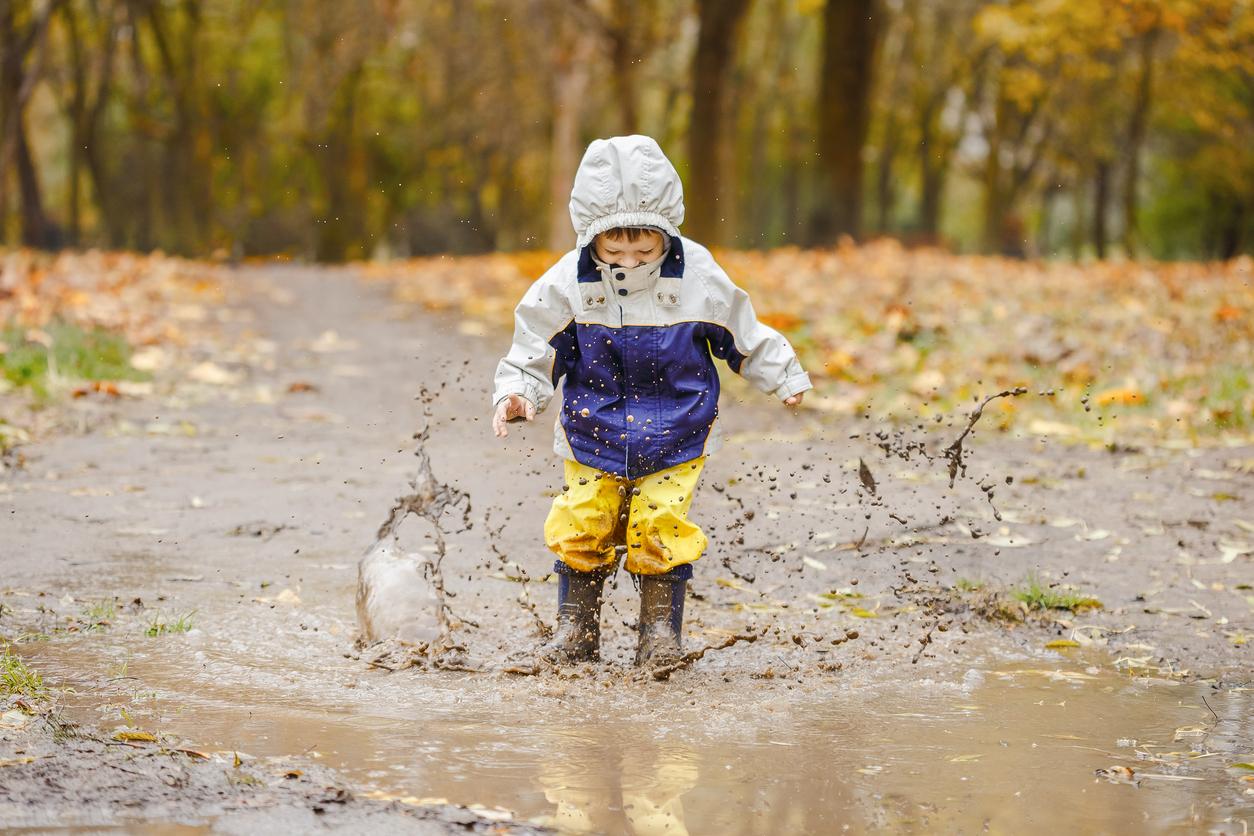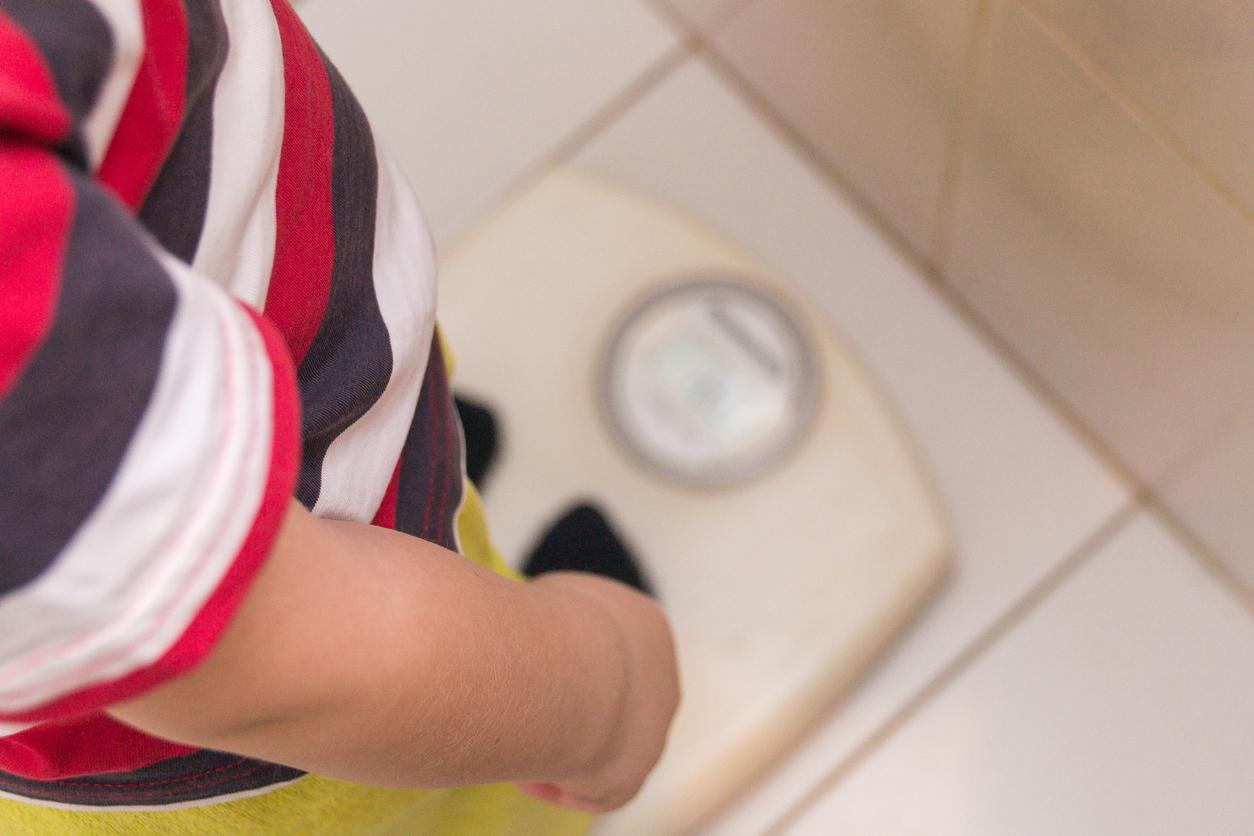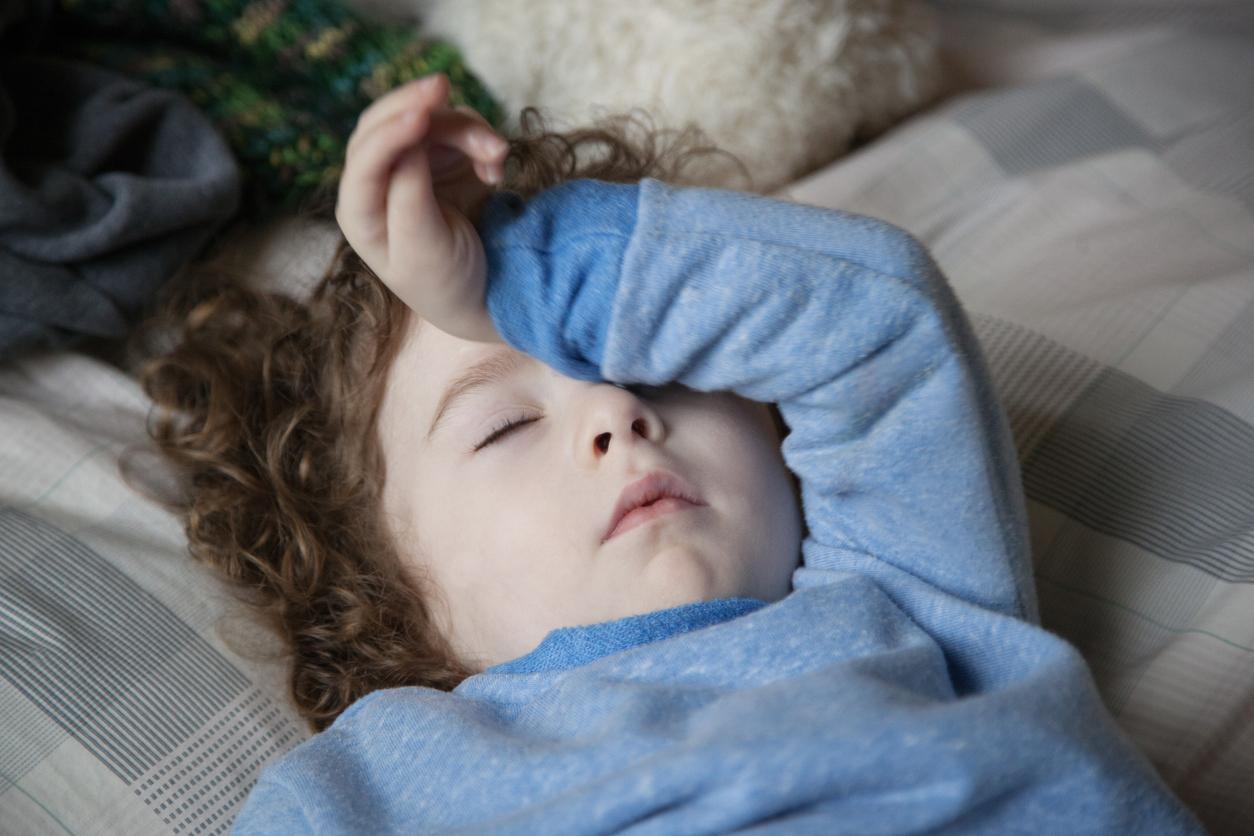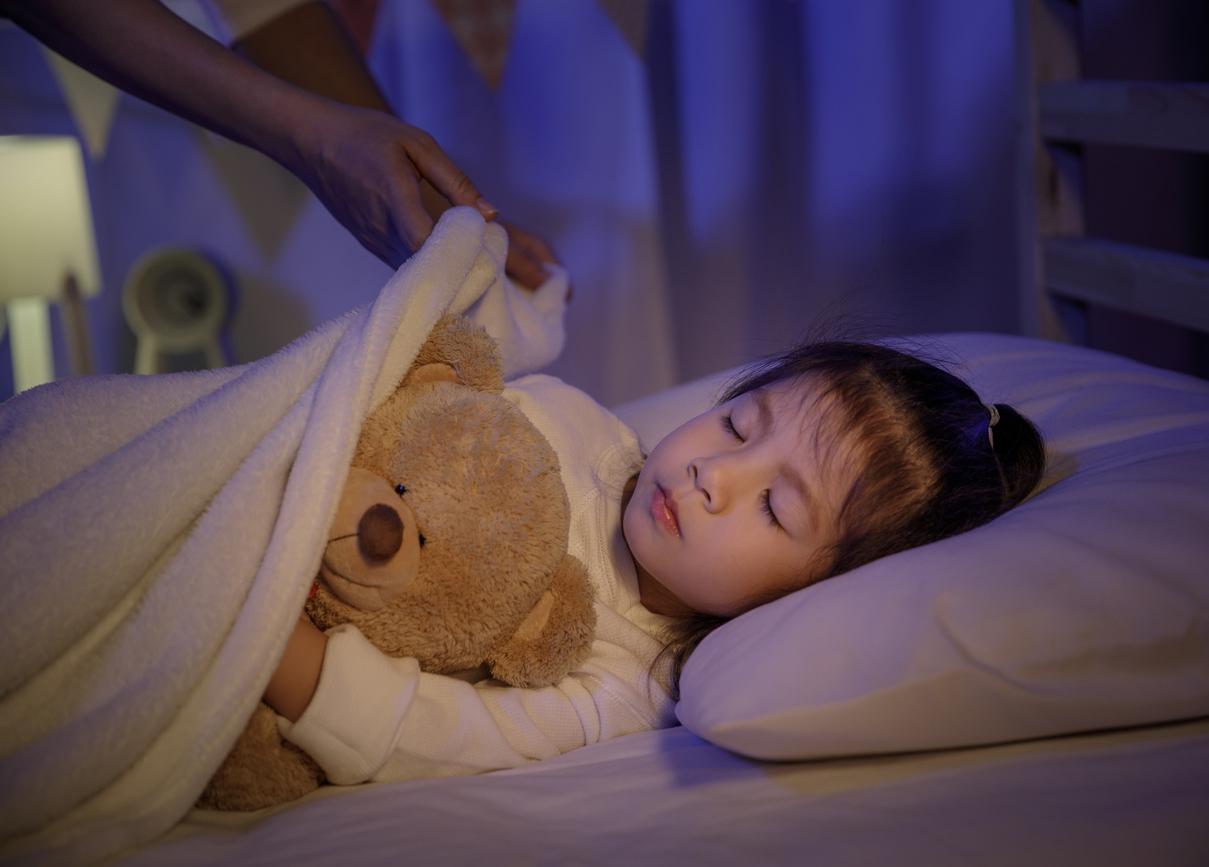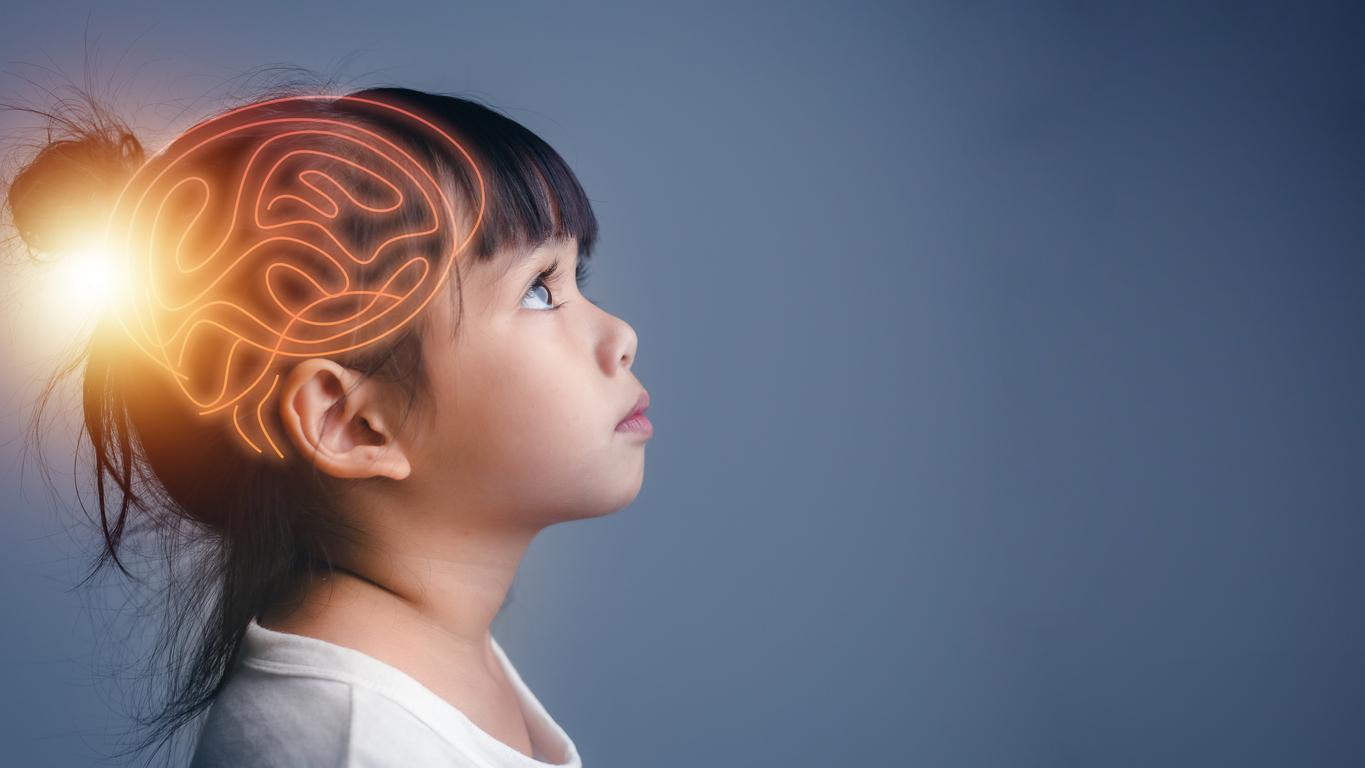37.6% of children under the age of 16 were exposed to at least one prescription outside the Marketing Authorization in 2011, against 42% in 2000 despite measures to reduce them, according to Inserm researchers.
Most of the prescriptions corresponded to an indication other than that fixed for the drug (56%), to lower (26%) or greater (20%) dosages than those recommended, or to non-compliance with the minimum age, the route of administration or contraindications. The medications those most often affected were nasal decongestants, anti-H1 antihistamines (allergy medications) and corticosteroids.
In 2000, the same team of researchers unveiled an association between these off-label prescriptions and the risk of undesirable effects, worrying about the potential dangerousness of these prescriptions.
Sometimes the drug can be replaced
If, in 10 years, the curve of prescriptions out of AMM in pediatrics has weakened only very little, the researchers did not notice a link between these practices and the risk of adverse effects: “Doctors probably regulate these prescriptions better. and some drugs that presented risks in the 2000s are no longer administered to children. This is particularly the case with terpene derivatives (camphor, menthol, certain essential oils), ”explains Maryse Lapeyre-Mestre, pharmaco-epidemiologist and co-author of this work.
“However, the exposure of children to prescriptions outside Marketing Authorization remains high. It is true that for certain frequent pathologies, such as ENT infections or even allergies, pediatric therapeutic resources are not up to par. However, it should not be forgotten that there are many situations in which the drug can be replaced by other therapeutic approaches: respiratory physiotherapy in the event of bronchial obstruction in the patient. infant, no prescription of antibiotics in case of viral infection or even use of rehydration fluids in case of diarrhea ”, she recalls.
Read also:
United States: Codeine prescriptions for children worry researchers












